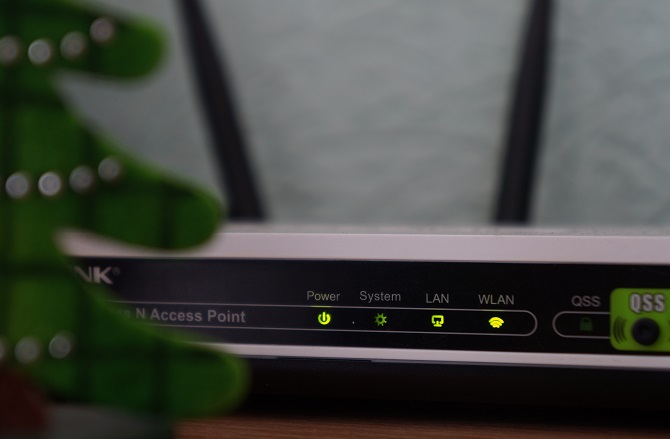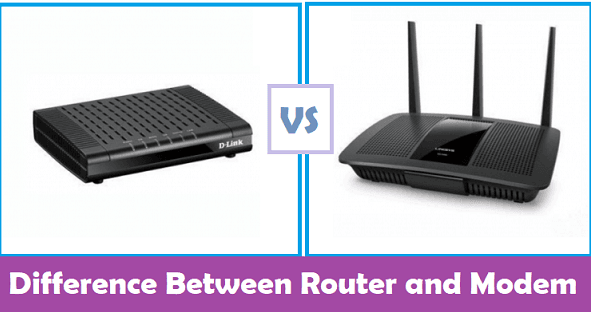

It has two ports - one to connect to your ISP and one to connect your device to your router. The modem connects your business to your ISP to make the internet accessible in your network. Though they look nearly the same - and sometimes come together in a unit - they have different functions. What’s the Difference Between a Modem and a Router?Ī modem and a router are both essential for getting your devices connected to the internet. Without a DOCSIS model with a corresponding speed standard, your organization may experience slower internet speeds. Your cable modem significantly impacts the internet speeds to which you have access.
#Modem vs router define download#
#Modem vs router define full#
Finding a unit with the right capabilities is crucial to unlocking full communication capabilities, including: What Is a Cable Modem Used For?īusiness cable modems are an essential piece of hardware for functioning internet and data communications systems. Typical download speeds for older DOCSIS modem models (e.g., DOCSIS 1, 1.1 and 2) average 30-100 Mbps, while the most advanced models transmit between 1 to 10 gigabit per second (Gbps) uploads. Every cable modem comes with a DOCSIS speed, and these speeds vary widely across modem models. How does a modem work, and what are the effects on your internet speed? These speeds are relayed in a transmission measurement known as the Data Over Cable Service Interface Specification standard, or DOCSIS for short. In fact, only cable modems and other network infrastructure can increase what we perceive as internet speed. This creates the impression of data-speed improvements but is actually a data-quantity improvement. Increasing bandwidth simply means you can receive more information - i.e., more megabits. However, this is a misunderstanding, since bandwidth is actually the amount of data that can be sent to you in megabits per second (Mbps). Many people assume adding more bandwidth means you’re increasing your internet speeds. Higher-priced tiers open your organization’s access to greater bandwidth. Business services will also include a higher tier SLA (service level agreement) that assures an accelerated response and priority to disruptions or service outages. With the wide adoption growth of the technology, cable providers have elected to segment their residential and business customers, so while the platform is still shared, business traffic is isolated from the residential neighbors. Within those hubs, people evenly split bandwidth, with those cable operators imposing data limits to ensure no single user (including businesses) siphons too much bandwidth. This delivery ecosystem requires national cable providers or operators to set up regional and even neighborhood hubs to transfer cable-line-based data.

#Modem vs router define tv#
In either case - a separate cable modem and router or a dual unit - your modem relies on the same kinds of cables relaying TV signals to access the internet. The single machine performs both functions simultaneously. Some modern cable modem devices, though, come with an integrated router, meaning you do not need two separate devices connected via Ethernet cords and ports to access the internet. They receive data signals from your ISP’s network, then immediately translate them into a digital “language” for your routers to distribute across your local network via wired ethernet or Wi-Fi connection.Ĭable modems perform that all-important conversion via coaxial cables and an Ethernet cord that connects directly into computer devices or a network router. How Does a Modem Work?Įssentially, cable modems work as digital translators. In residential and commercial applications, a cable modem is able to provide multi-channel voice, internet and television access, in most cases under a single consolidated service contract.


 0 kommentar(er)
0 kommentar(er)
